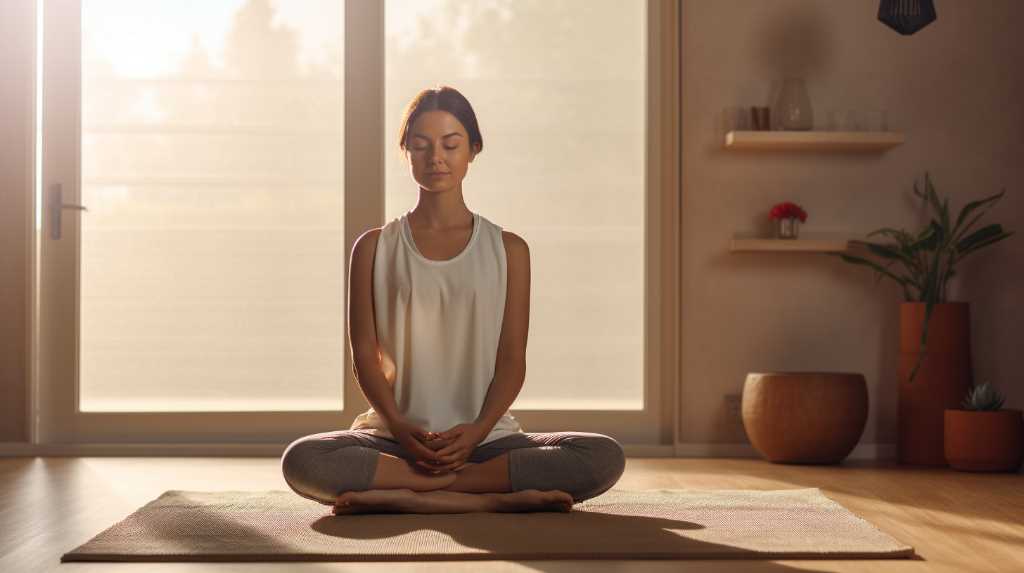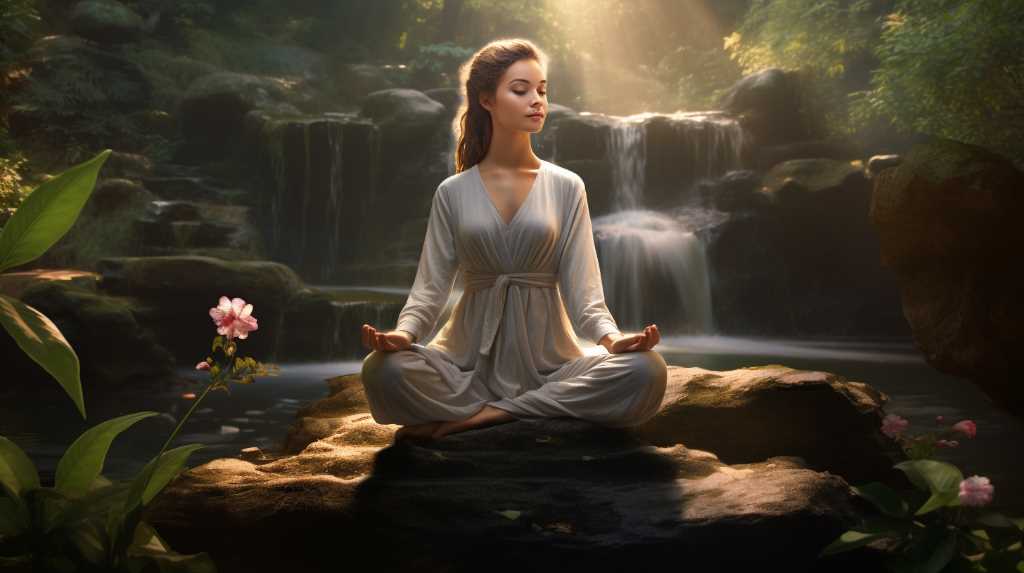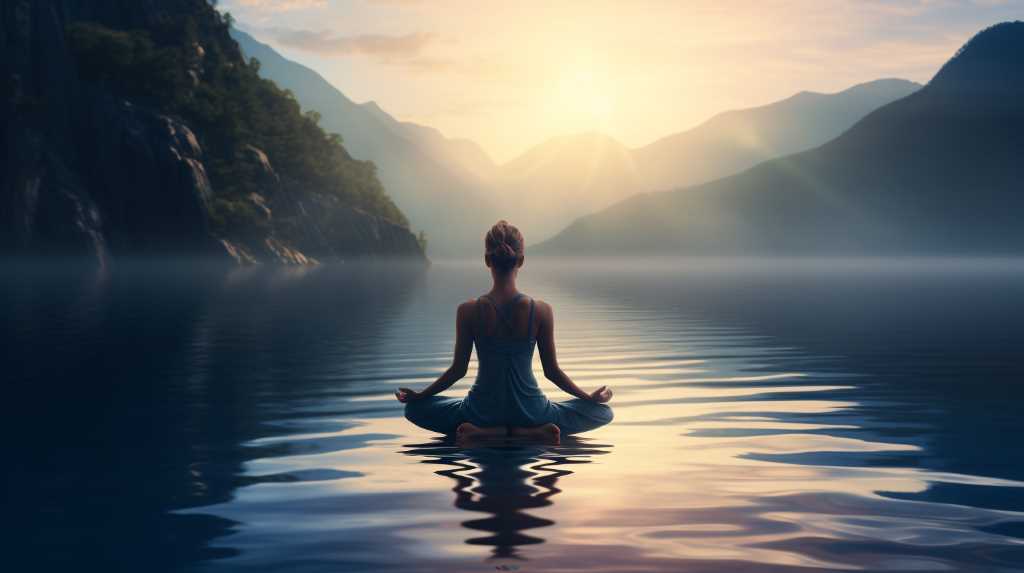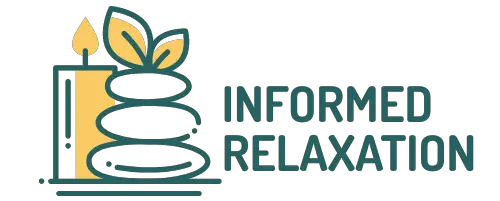Author: Rachel Baxter
-

Starting Simple: Daily Meditation Routines for Newbies
Ever feel like your mind’s running a marathon with no finish line? You’re not alone. Let’s break it down together, starting with the simplest of daily meditation routines. Here, you’ll learn the essentials, set up a space that’s uniquely yours, and find a rhythm that fits your life. Breathe in ease, breathe out stress, and…
-

6 Secret Meditation Techniques to Sharpen Your Focus
Imagine your mind as a serene lake, its surface perfectly still. You’re about to dip into six secret meditation techniques that’ll help you maintain that tranquility amid life’s ripples. You’ll learn to hone your focus, from the gentle rhythm of your breath to the steady pace of your steps. Embrace these practices and watch as…
-

7 Breathwork Strategies for Enhanced Inner Tranquility
Imagine your mind as a serene lake, its surface perfectly still. You’re seeking that inner peace, aren’t you? Dive into the tranquil waters of breathwork with these seven strategies. They’re not just exercises; they’re keys to unlock a calmer you. From the steadying rhythm of diaphragmatic breathing to the soothing waves of ocean breath, you’ll…
-

What Is the Difference Between Paired Muscle Relaxation and Progressive Muscle Relaxation
Imagine you’re sitting at your desk, your shoulders tensed up after hours of work. You might consider relaxation techniques like paired muscle relaxation or progressive muscle relaxation to ease the tension. Paired muscle relaxation and progressive muscle relaxation are both relaxation techniques that involve tensing and then releasing muscles in the body. The main difference between…
-

What Are the Health Benefits of Progressive Muscle Relaxation
You’ve probably heard that tensing your muscles can magically make stress disappear. This technique, which you can practice in the safety and comfort of your own home, involves systematically tensing and then relaxing different muscle groups in your body. It’s like giving yourself a gentle reminder that relaxation isn’t just a luxury—it’s a necessity. Progressive…
-

What Is the History of Progressive Muscle Relaxation
You might wonder if there’s actual science behind Progressive Muscle Relaxation, and you’d find a rich history confirming its benefits. Progressive muscle relaxation (PMR) was developed in the 1920s by Edmund Jacobson, an American physician. He believed that muscle tension was a major contributor to anxiety and stress, and that by systematically tensing and relaxing…
-

What Is the Science Behind Progressive Muscle Relaxation
Imagine you’re sitting at your desk after a long day, your shoulders tense and your back sore. Progressive Muscle Relaxation (PMR) is a technique that could help you relieve that tension. It works by systematically tensing and then relaxing different muscle groups in your body. This process encourages you to focus on the contrast between…
-

Why Adopt Simple Daily Meditation Habits?
You’re standing at the edge of serenity, a stone’s throw from inner peace. Imagine starting each day with a clear mind and a calm heart. By adopting simple daily meditation habits, you’re not just pausing life’s chaos; you’re transforming it. Let’s delve into the hows and whys of this transformative practice, carving out a sanctuary…
-

What Type of Breathing Is Used in Progressive Muscle Relaxation (Pmr) and Autogenics
In progressive muscle relaxation, you breathe deeply and rhythmically; in autogenics, you tune into your body’s natural rhythm. Both techniques use breath to guide your focus and promote a sense of calm. When practicing PMR, you’ll typically engage in diaphragmatic breathing — slowly inhaling through your nose, allowing your belly to rise, holding for a…
-

What Are the Steps for Progressive Muscle Relaxation
Imagine your body is like a quiet lake, with Progressive Muscle Relaxation (PMR) being the gentle process that smooths out every ripple of tension. To begin, you’ll need to find a comfortable and tranquil space where you can sit or lie down undisturbed. Start by taking deep, slow breaths to set a foundation of calm.…
